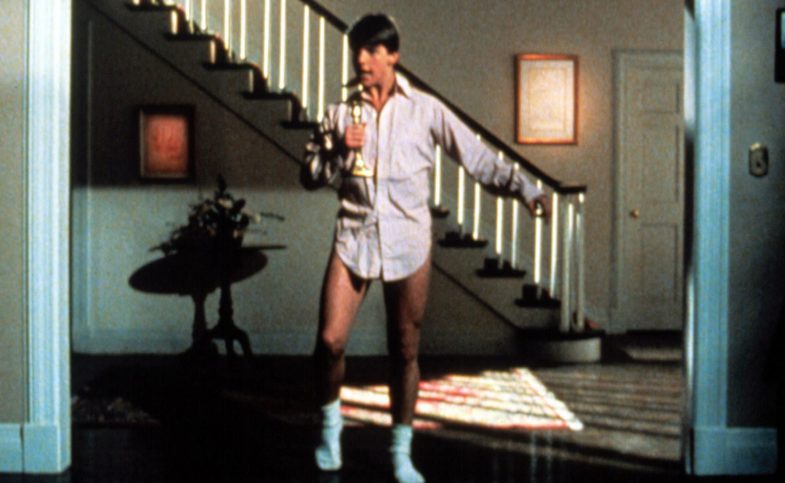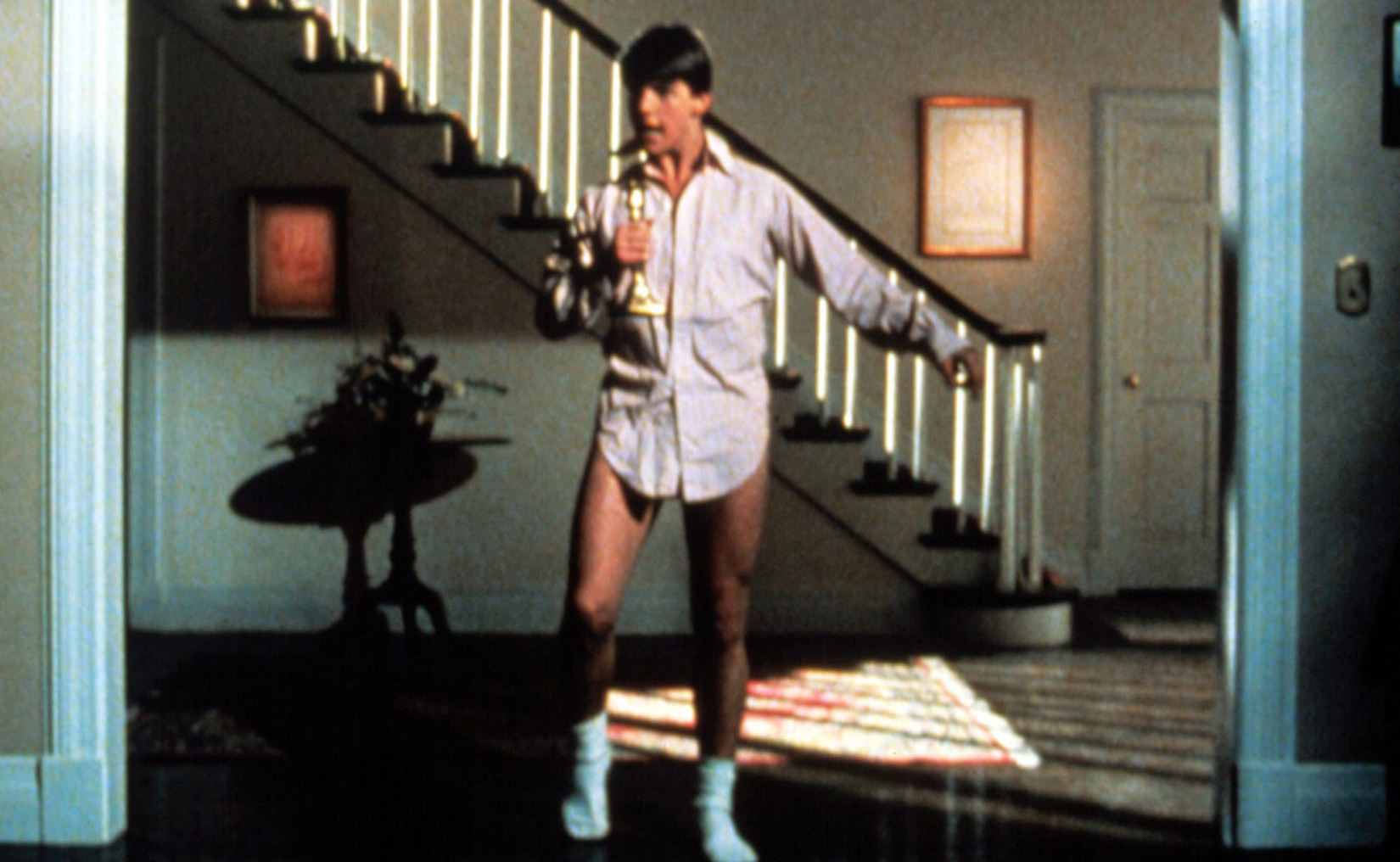
Something is happening that gives me some hope for the future of movie going. Streaming Services have suddenly realized that maybe…just maybe the theatrical market has value. VUDU, Netflix, Hulu and Amazon are finding it necessary to spend billions on content but are very concerned about the ability for a movie title to rise above the clutter and digital pollution of these massive services.
They have discovered that even though your straight to VOD release might star Robert De Niro, but titles sinking one after the other into the quicksand of the ever-expansive offering that the streaming services are forced to present to the public.
All these companies have deep corporate egos, and long for the day when then they can boast of an OSCAR win. The rub is to win an OSCAR, you have to play a movie in the theaters. In the case of Netflix, they want to work with the A list directors, they want directors like Alfonso Cuaron and the Coen Brothers to helm their movies. The ironic twist is now these directors are insisting that their movies enjoy a theatrical release. A perfect example is the case of Cuaron’s Roma, here is a movie which is probably the director’s best to date but unless it is screened on a large screen for a period of time, then there is no chance it can ever win an OSCAR….and Cuaron thinks his movie will win the OSCAR.
As fate would have it, Netflix is strongly considering putting Alfonso Cuaron’s Roma in theaters before its release on Netflix. It is intriguing because Netflix, the biggest proponent of ending windows, may suddenly be an advocate for putting a windowing structure back into play. This is more than significant.
In the past Netflix chief content officer, the always stubborn, Ted Sarandos has consistently insisted that that Netflix movies debut day-and-date on Netflix and, on occasion, in a handful of theaters too so that his movies could possibly qualify for the coveted movie awards. Supposedly there is within Netflix an internal struggle to twist the granite arm of Sarandos and allow Netflix to release the marquee movies within its slate with a wide distribution it’s lead movies. It seems that lead directors are now balking at Netflix offers of underwriting because they know the movies will not get a theatrical release and they also no there will be no back end.
Netflix also knows that most theaters will not give them the time of day because Netflix’s insistence on day and date release, in order to engage theaters, they will have to change their tune. In the past Netflix has essentially had to four-wall theaters. Netflix also has insisted in the past that it would not report on Rentrak or Comscore since it’s release Beasts of No Nation played in 31 cinemas in the Fall of 2015, earning a paltry $90,000.
Negotiations have begun for Roma to be released in November or December in more than 20 U.S. theaters. In foreign markets it will likely be seen on the big screen in more than a dozen theaters. The windowing debate isn’t going away. In 2019 Netflix will release Martin Scorsese’s The Irishman, as well as the $170 million action spectacle Six Underground, starring Ryan Reynolds. If the Spanish language movie Roma gets a theatrical release before making its premiere on Netflix, other directors will surely demand the same.
Netflix once considered buying Landmark Theaters in order to ensure its movies played in theaters. They thought about it and then decided against it. This was a mistake since it now appears that Landmark has come into play with Amazon. AT&T, now the owner of Warner Media and HBO, look towards acquiring their own theater chain. In a quarterly investor report AT&T Chairman, Randall Stephenson stated, “But just owning great content is no longer sufficient. The modern media company must develop extensive direct-to-consumer relationships. We think pure wholesale business models for media companies will be tough to sustain over time. When you look across our wireless, pay TV and our broadband businesses, we now have more than 170 million direct-to-consumer relationships.” Rumors swirl that the disjointed ownership of AMC and its wacky management might be pondering divesting itself to AT&T.
When the Department of Justice first announced its reconsidering of the 1948 Consent Decrees, my initial thought was to look towards the studios who were preparing for a direct to consumer relationship which precluded the theaters, but I am beginning to think I might have been hasty in my assessment.
Maybe the streaming services realize now that windowing and having a marquee value theatrical release might do more good than harm for the streaming market. When AT&T talk to the market and proclaim that they really have little faith in the traditional media distribution model, they are proclaiming the need for Warner Media and HBO to be their own platform and not rely on second or third-party entities to serve up their content.
The industry has changed dramatically since 1948. It’s changed dramatically since 2010. The fact is that theatrical revenue is a much smaller percentage of a movies revenue than it used to be. Netflix has changed consumer behavior. The problem is that it might be necessary for Netflix to re-train audiences to go the theaters if it is to gain any notoriety for its produced product. One hopes that maybe Netflix can re-think its position of the Andy Serkis helmed movie, Mowgli.
Studios owning theaters has occurred in recent history. IFC owns the IFC Theater in NYC, Magnolia’s parent company owns the arthouse Landmark theater chain and still applicable is the interesting experiment which AMC and Regal, jointly owned the distribution company Open Road, which won a best picture Oscar for it’s journalistic potboiler Spotlight in 2016.Open Road was sold to a consortium of Chinese money and now does business as Global Road. Global Road has announced by the year 2020 it will produce 15 theatrical releases per year.
The studios are now aware that the movies have unfortunately become commodities, therefore the value of all content has become cheapened. If streaming services ever want to move away from a purely subscription-based service to a transactional based video on Demand service that will have re-injected real perceived value into movie titles. The best way to provide value to a movie title is to boldly state “playing in theaters now.”
If the studios and the owners of studios decide to become fully vertically integrated, it will put forward a scenario that could harken to another Golden age of moviegoing. That of course is contingent on holding a proper release window. One question that does arise is the necessity for the number of screens that exist today. I would say no. Market realities would dictate the shrinking of release patterns. While it will diminish the large circuits, it might just help the independents.
While all the machinations that are going on behind the scenes with Landmark and Amazon, AT&T and AMC the real question that needs to be answered in where Disney fits into all of this.

